



Summary of the Budget 2021-22
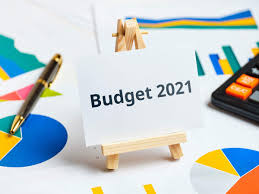
PART-A
The Union Minister for Finance & Corporate Affairs presented the Union Budget 2021-22 which is the first budget of this new decade and also a digital one in the backdrop of unprecedented COVID-19 crisis.
The Budget proposals for 2021-22 rest on 6 pillars.
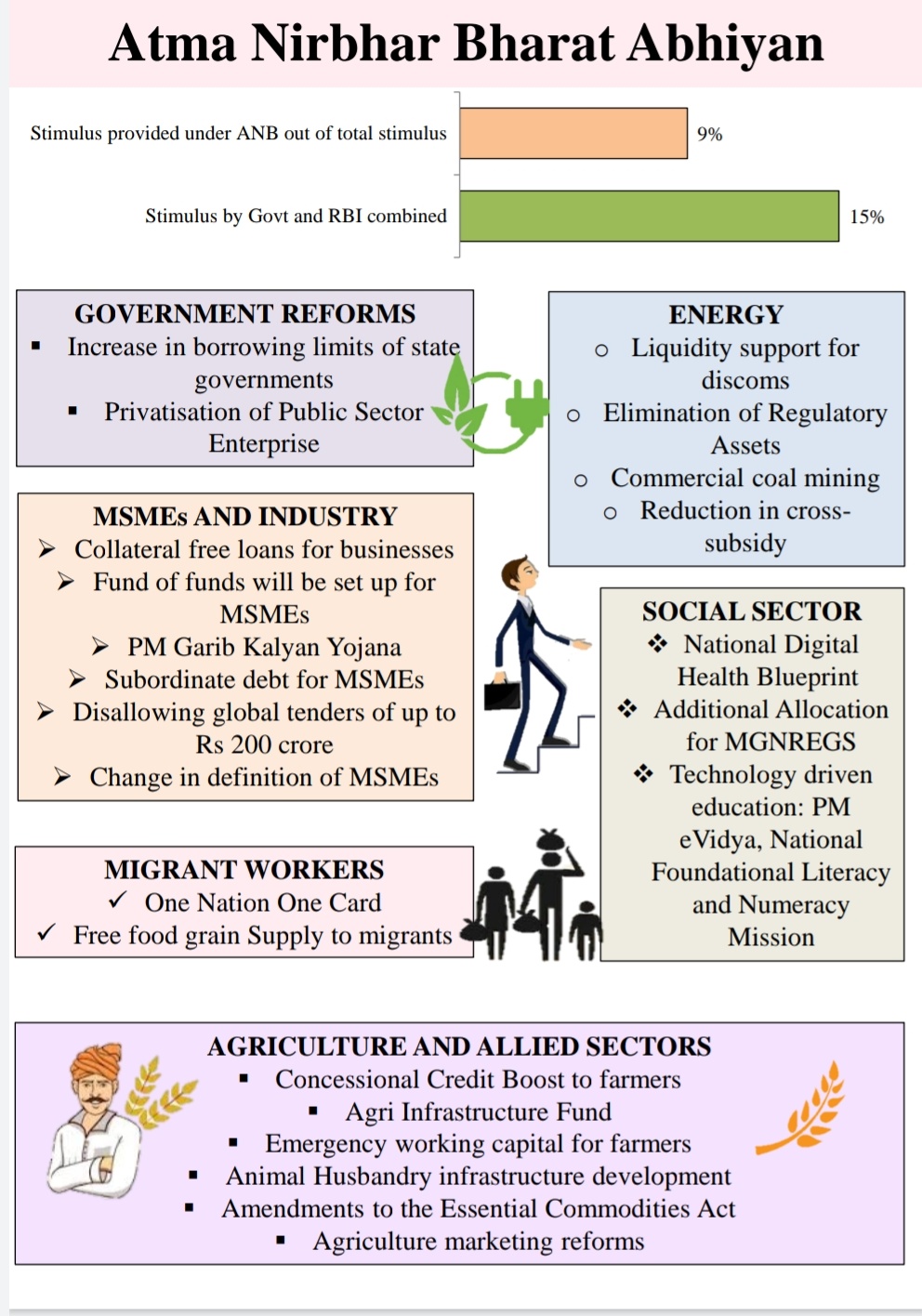
Health and Wellbeing
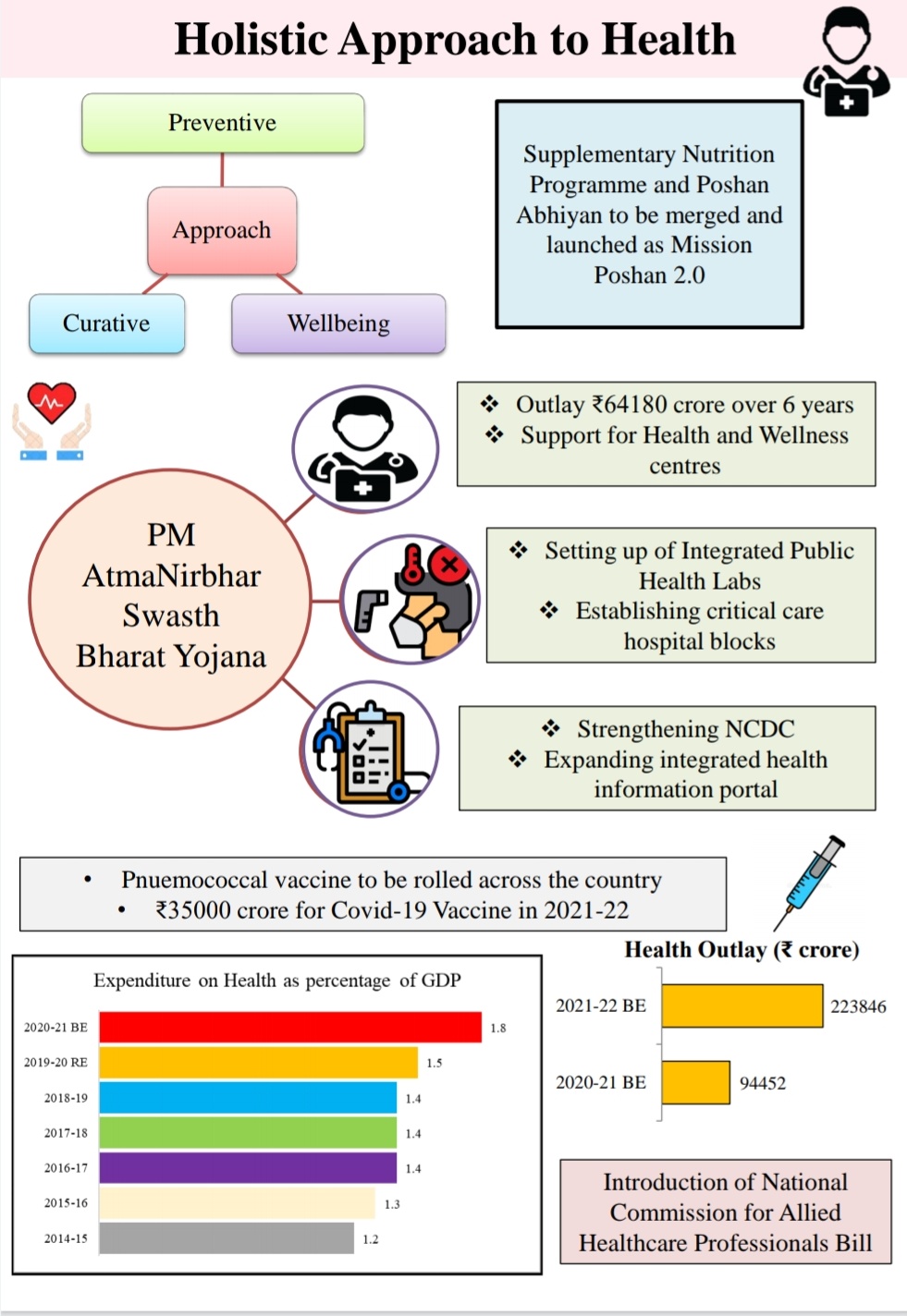
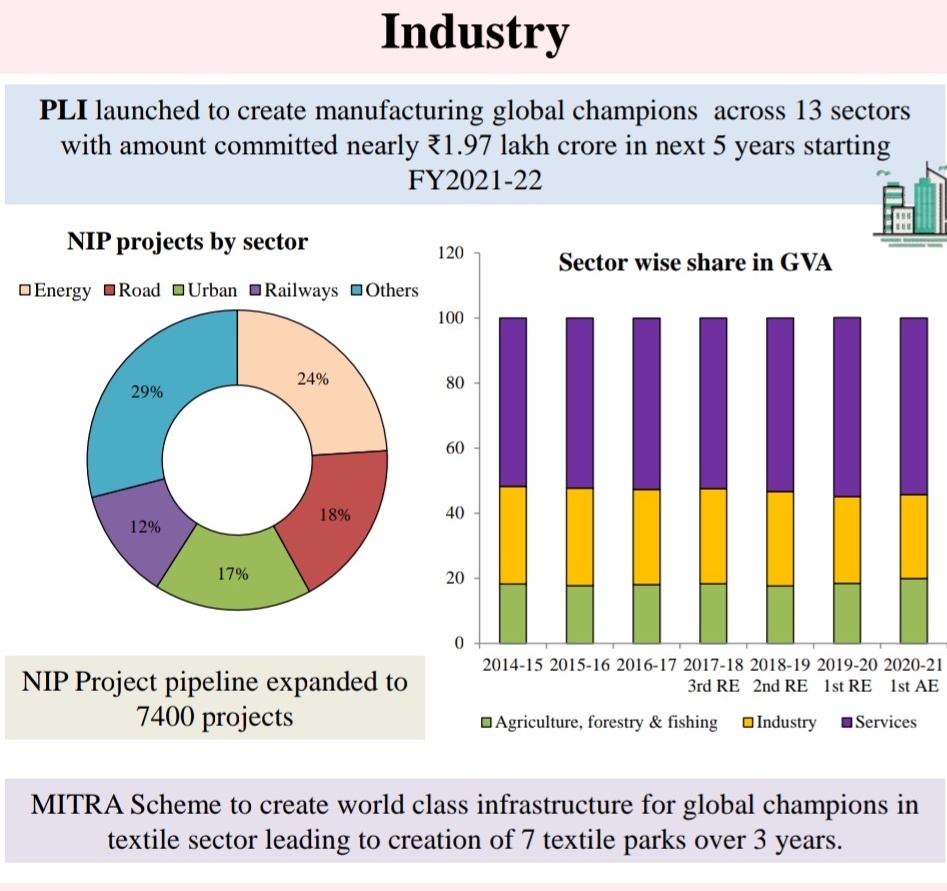
Physical and Financial Capital and Infrastructure

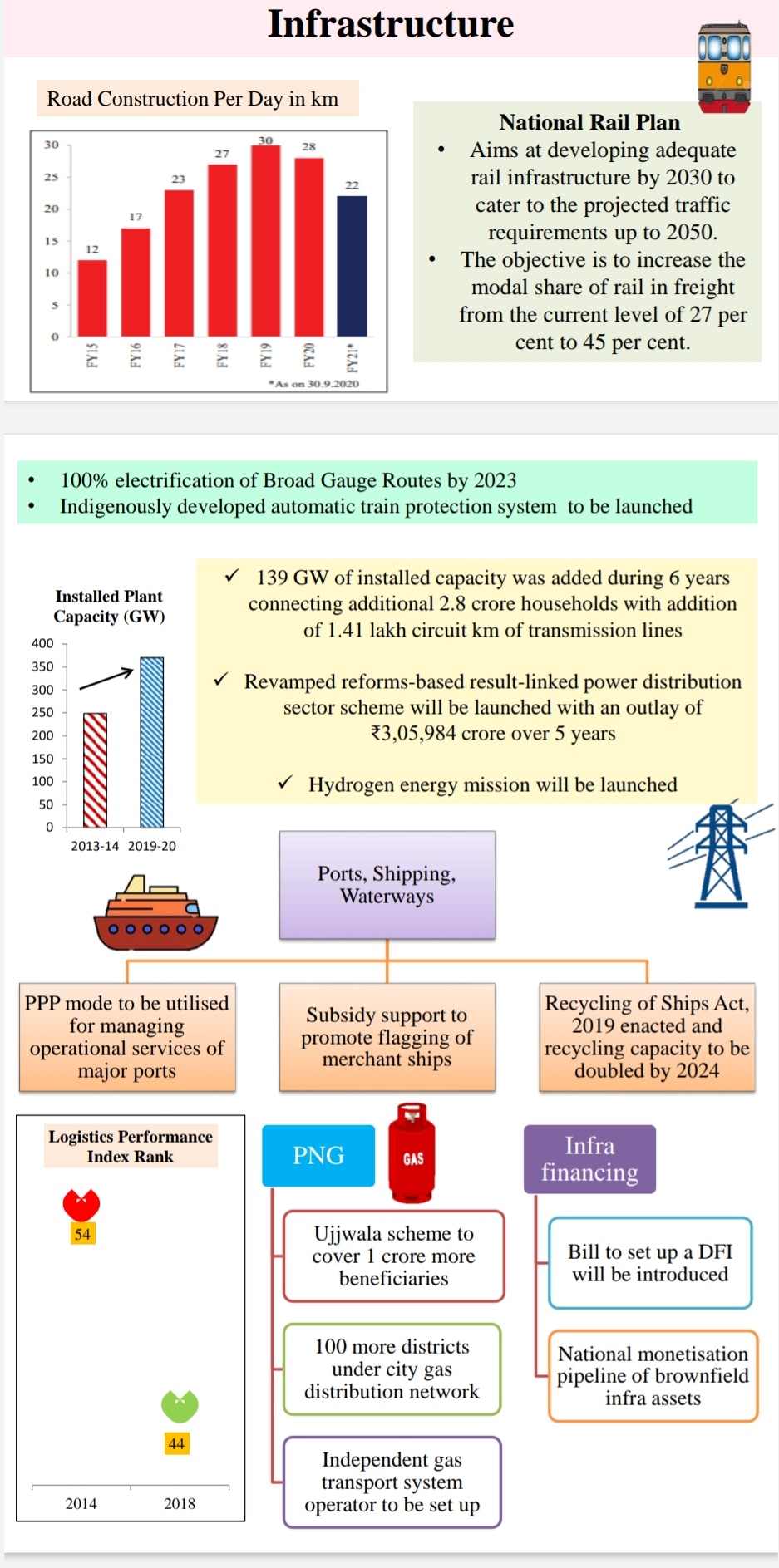
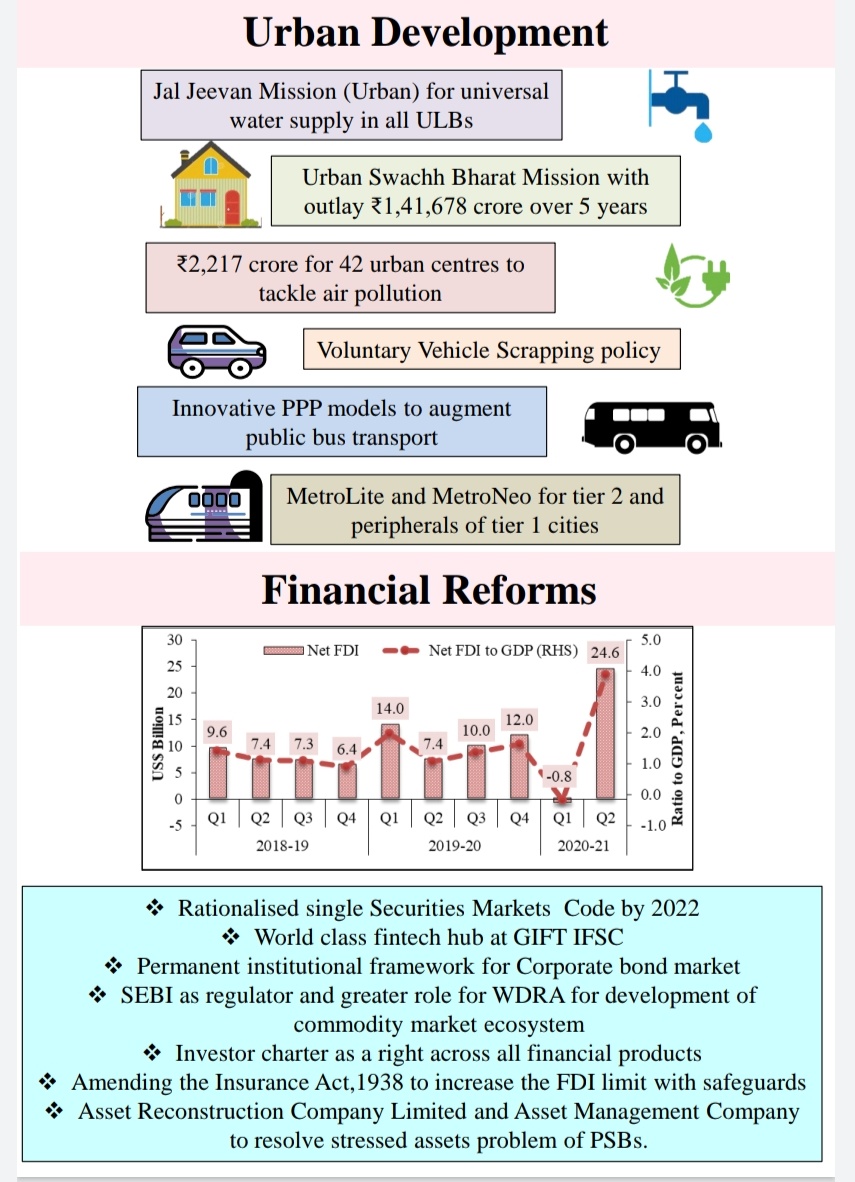
Inclusive Development for Aspirational India
Agriculture:
Fisheries:
Migrant Workers and Labourers:
Financial Inclusion:
Reinvigorating Human Capital
Innovation and R&D
Minimum Government, Maximum Governance
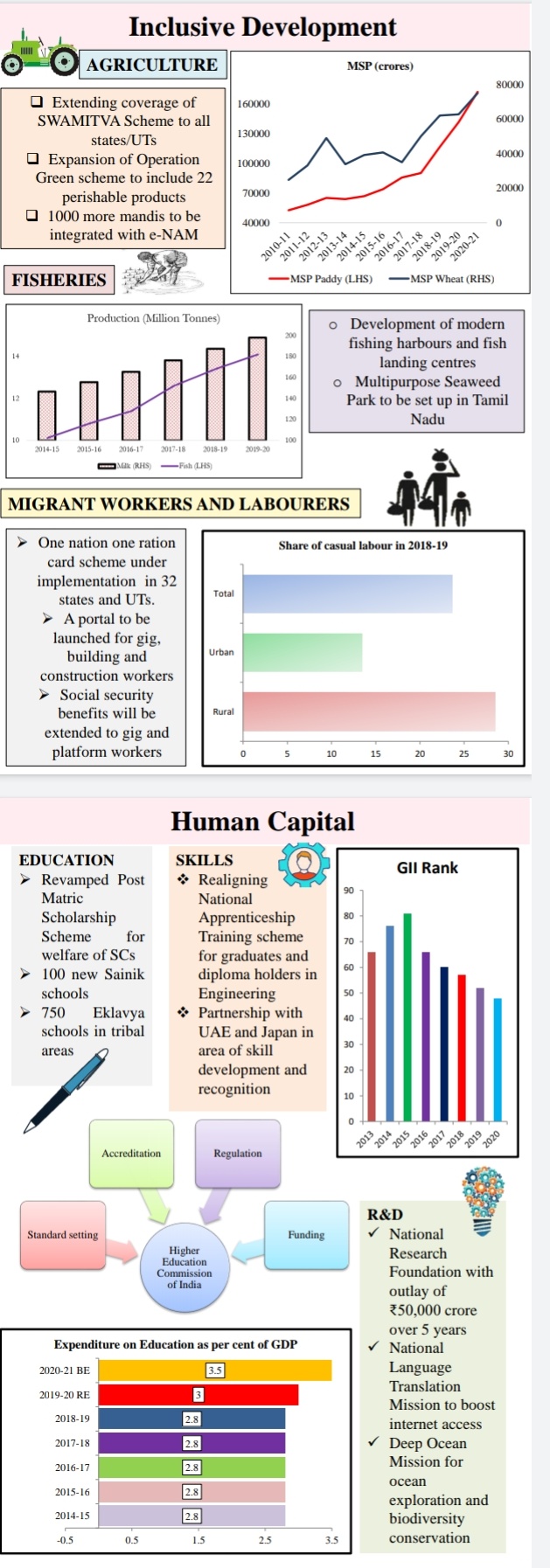
Fiscal position
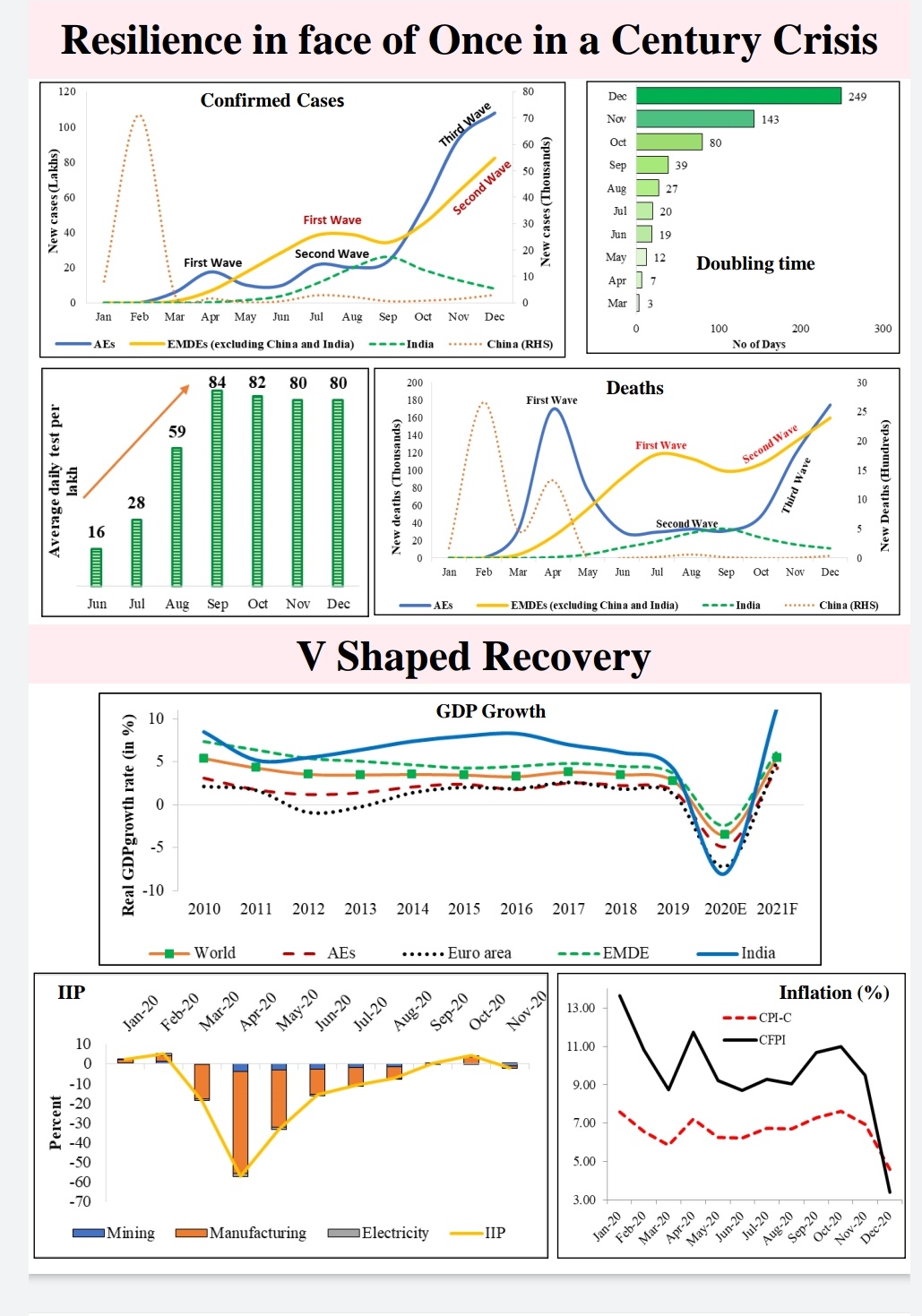
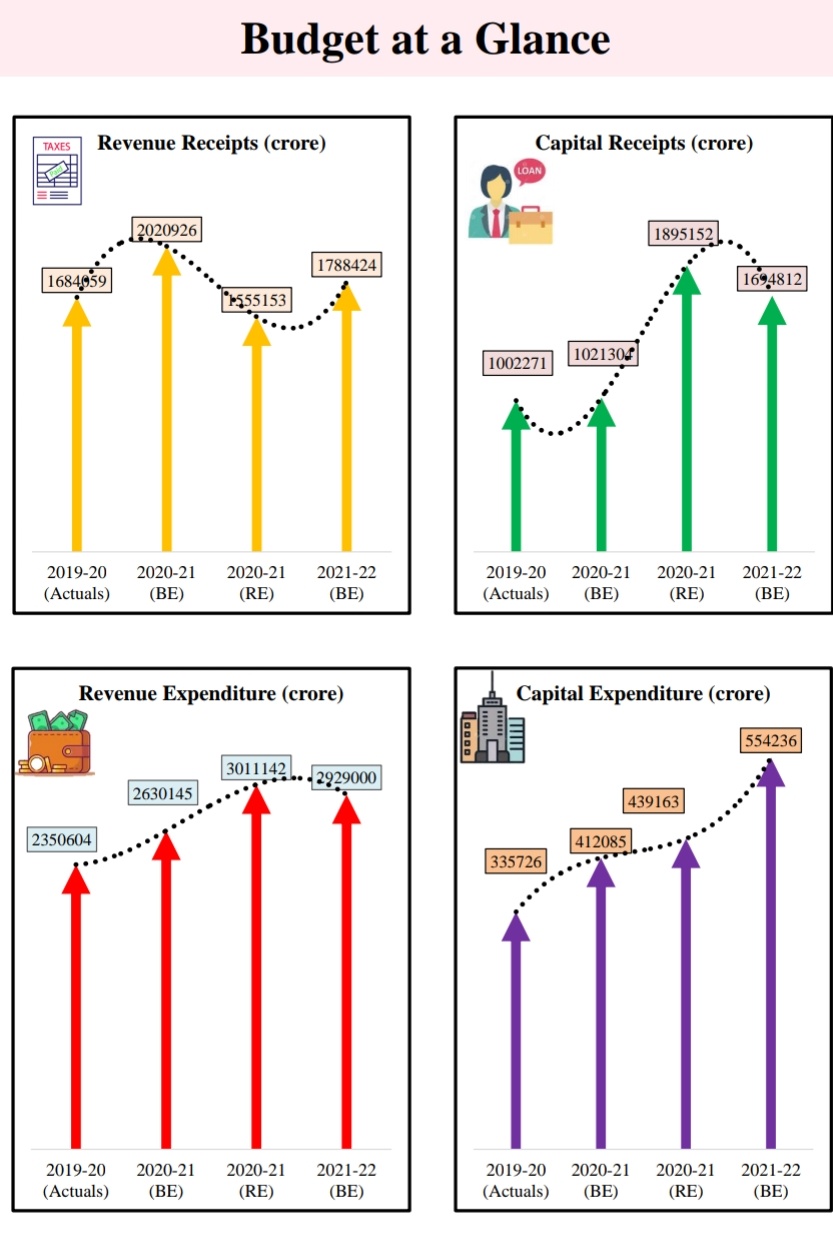
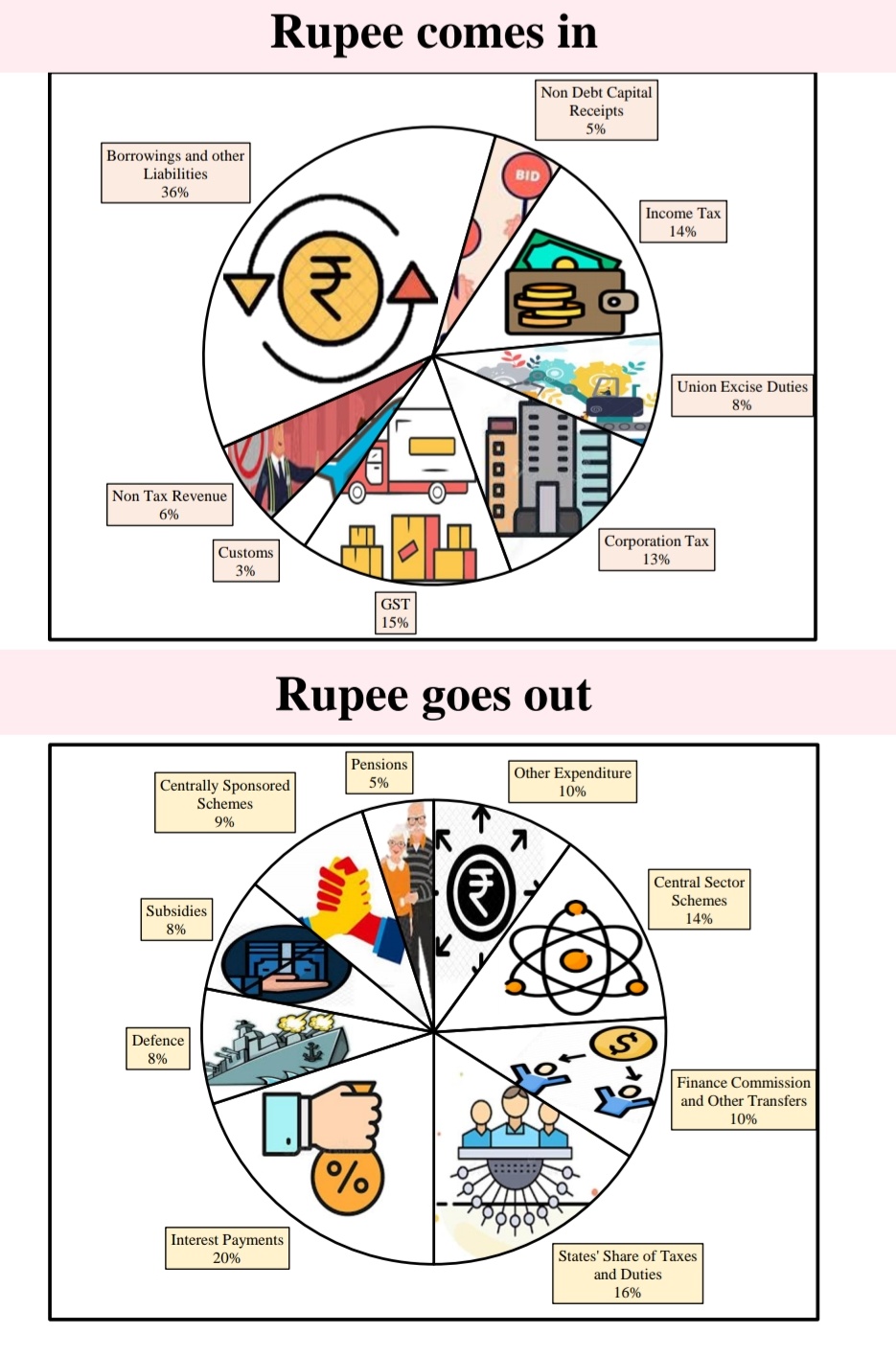
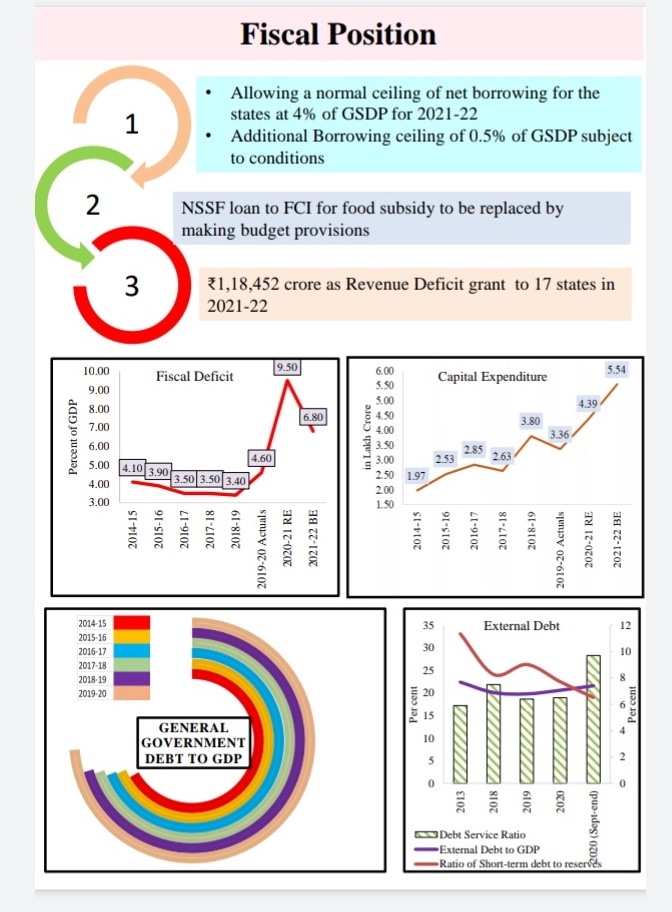
PART-B
DIRECT TAX PROPOSALS
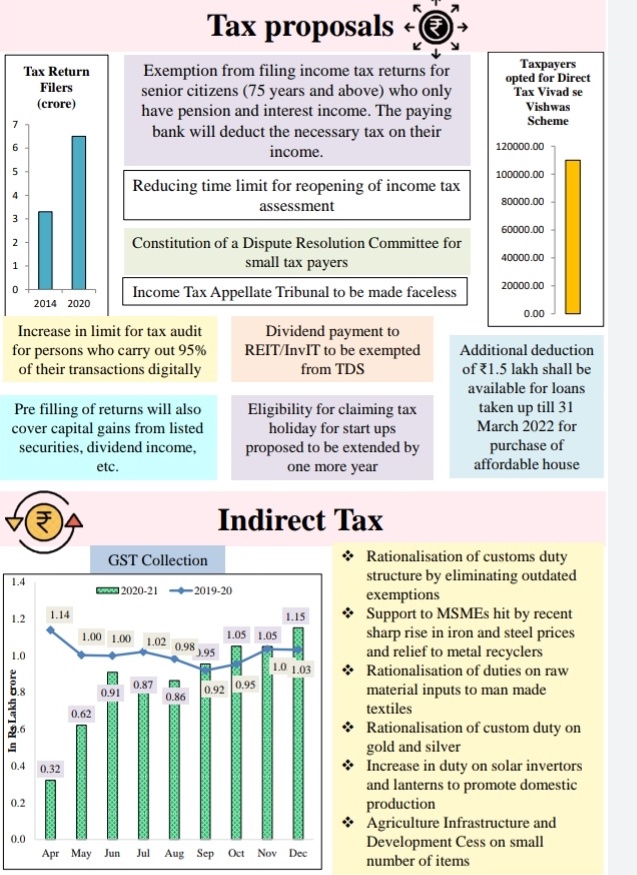
INDIRECT TAX PROPOSALS
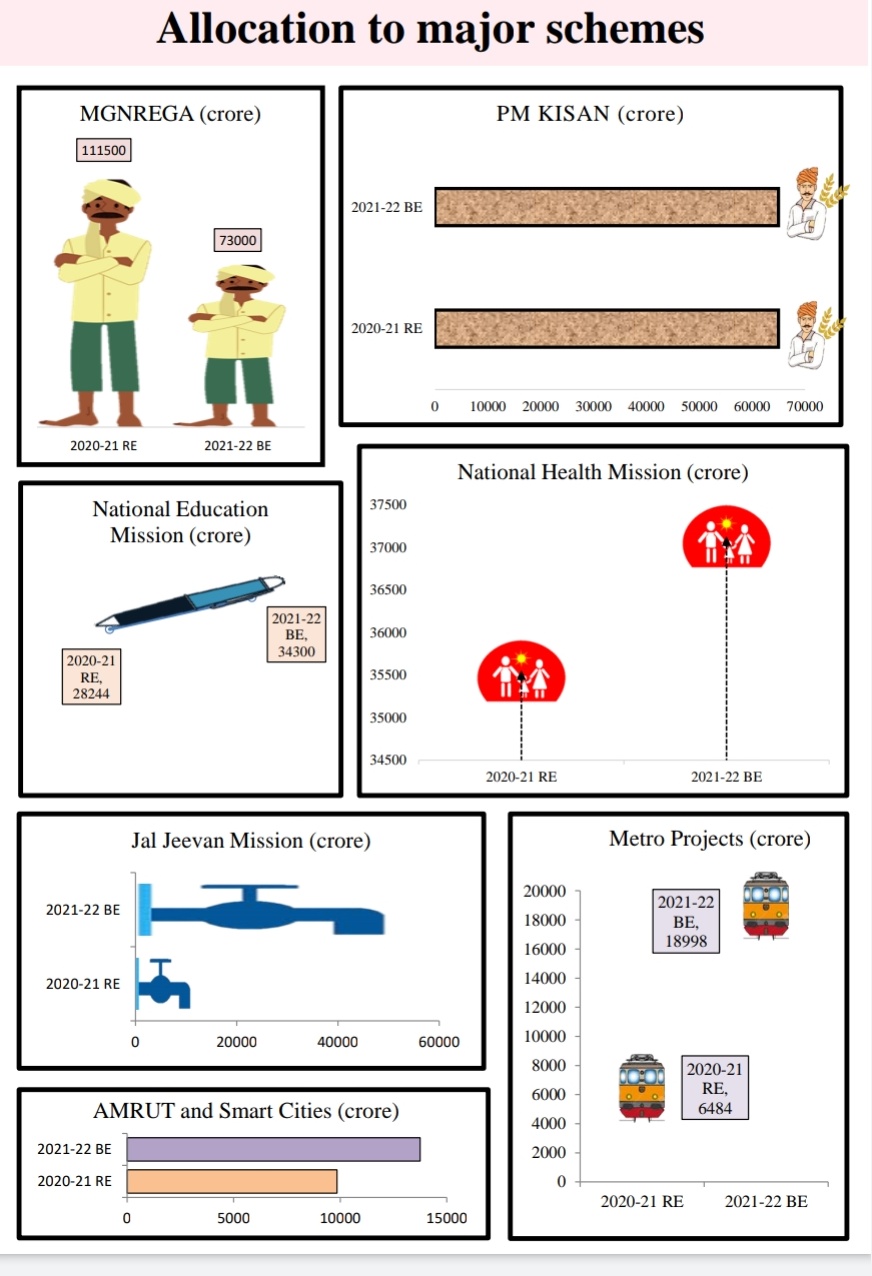
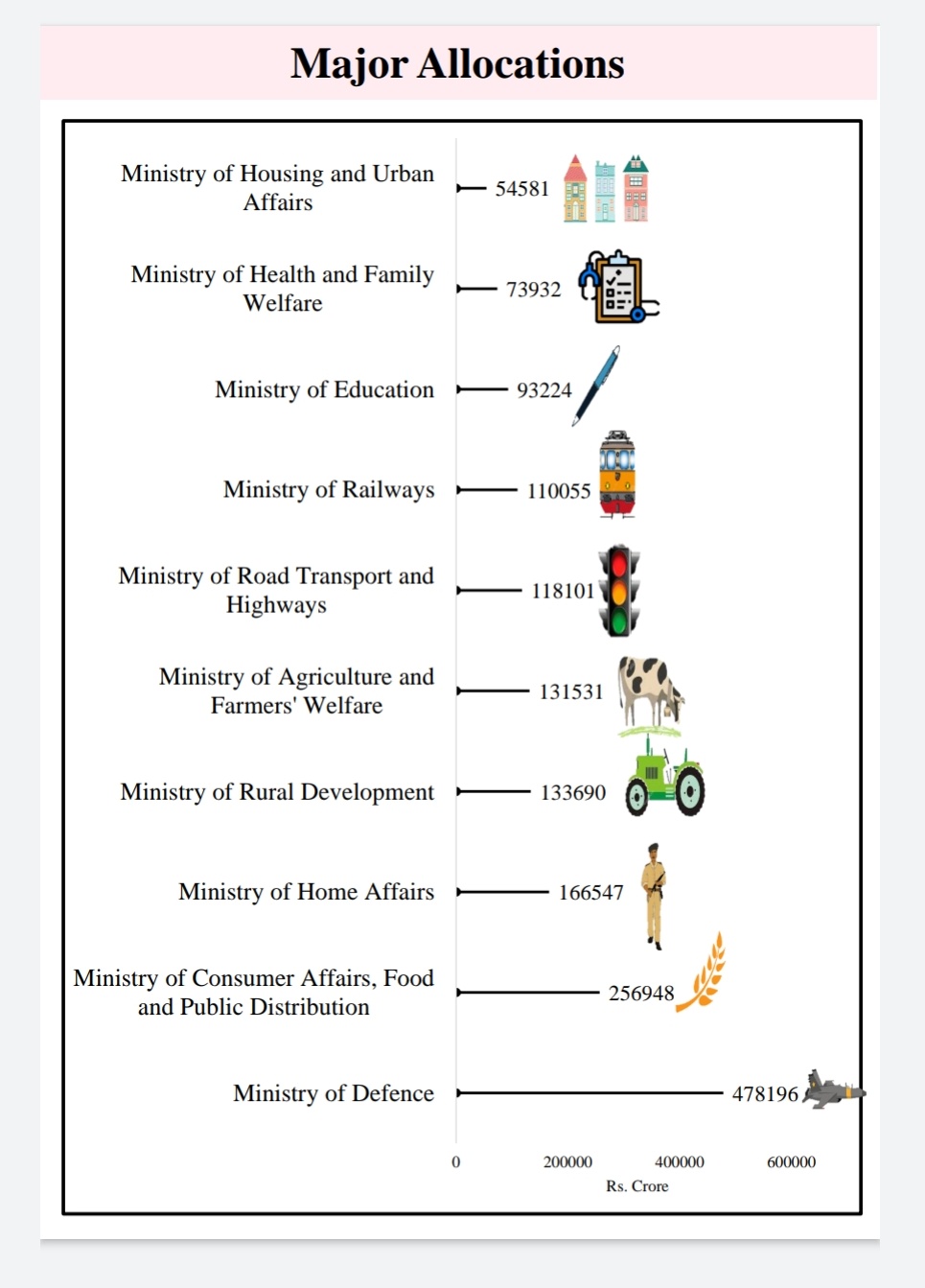
© 2026 iasgyan. All right reserved